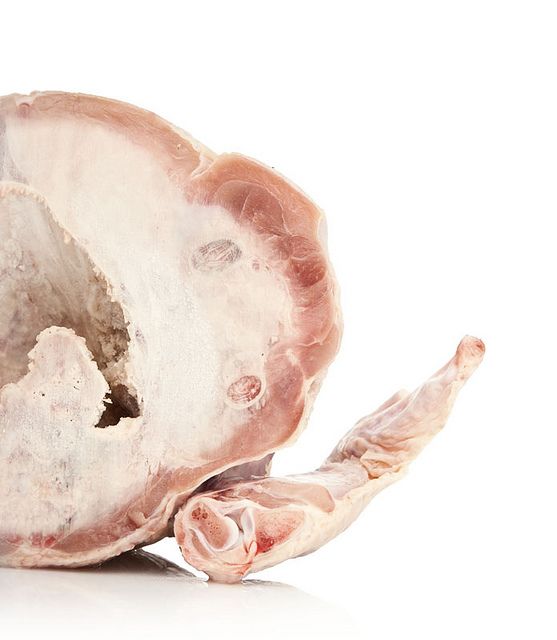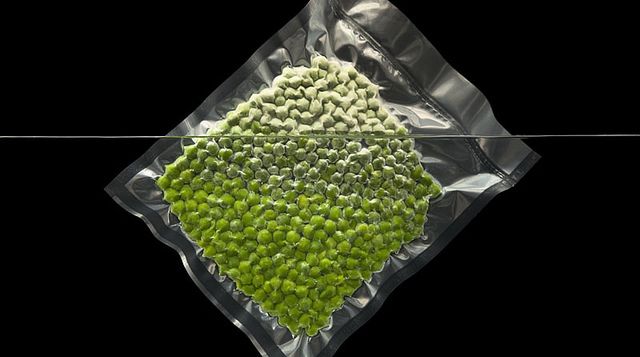Food Safety
Modernist Cuisine's 5 Tips for a Healthy Thanksgiving: Keep Clean & Avoid the Danger Zone
52 Days of Thanksgiving

52 Days of Thanksgiving
Top-notch recipes, expert tips, and all the tools to pull off the year’s most memorable feast.
Check It OutPopular on Food52
4 Comments
ChezHenry
November 17, 2012
Thanks for this post. So many questions here revolve around food safety. Can i freeze this? Is it ok to assemble now and cook later? etc., etc., etc. We need more of these rticles here imho.
AntoniaJames
November 16, 2012
I am quite puzzled by the statement is Section 2 that a frozen turkey can be thawed in the refrigerator within "a day or two." I suppose if you have a five to ten pound turkey, that might work. Here's what's recommended at http://www.foodsafety.gov/blog/blog.html
"How long does it take to thaw a frozen turkey?
The safest way to thaw a turkey is to put it in the refrigerator at a safe temperature (40 °F) during thawing. Allow one day for each five lbs. of weight to thaw the turkey. A 20- pound turkey will take about four days to thaw. After it has thawed, it is safe for another two days."
I do hope that FOOD52 readers with larger turkeys see this comment. I suppose they can use the fallback of trying to thaw in cold water, after learning on Thanksgiving morning that their turkey is still frozen, and then eat very late in the day. Yikes. ;o)
"How long does it take to thaw a frozen turkey?
The safest way to thaw a turkey is to put it in the refrigerator at a safe temperature (40 °F) during thawing. Allow one day for each five lbs. of weight to thaw the turkey. A 20- pound turkey will take about four days to thaw. After it has thawed, it is safe for another two days."
I do hope that FOOD52 readers with larger turkeys see this comment. I suppose they can use the fallback of trying to thaw in cold water, after learning on Thanksgiving morning that their turkey is still frozen, and then eat very late in the day. Yikes. ;o)
greg A.
November 18, 2012
it states above in bullet point 2, '1 day per 5 lbs', which is the same as you and the government suggest, or am I missing something?




See what other Food52 readers are saying.